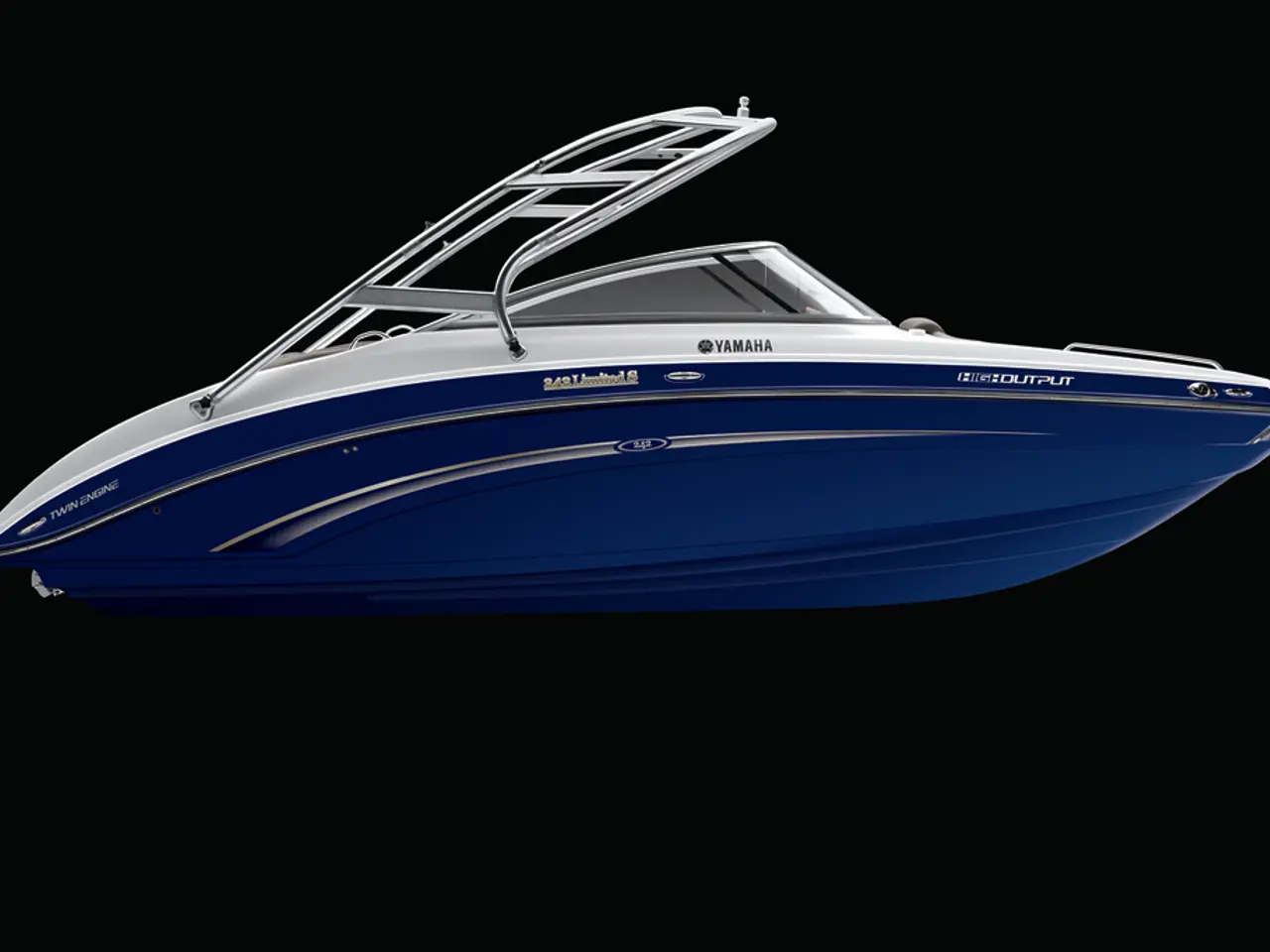Archaeologist Navigated the Oceans Exclusively with Viking Technology, Revealing His Findings
Lund University archaeologist Greer Jarrett has made a groundbreaking discovery, identifying four potential Viking havens along the Norwegian coast. Jarrett's research, based on a series of experimental voyages, aims to reshape our understanding of Viking voyages and their seafaring itineraries.
Jarrett's goal was to understand where it would have made most sense for Viking sailors to seek shelter along their way to their destination. His hypothesis is that a decentralized network of ports, located on small islands and peninsulas, was central to making trade efficient during the Viking Age.
The archaeologist undertook 15 sailing trials and two approximately three-week-long trial voyages in seven different Nordic clinker boats. The study used pre-established knowledge of large Viking maritime centers and included information about traditional 19th and early 20th century sailboat routes from sailors and fishermen.
Jarrett's investigation incorporated a digital reconstruction of Viking Age sea levels. The solution to the problem of identifying Viking havens, according to Jarrett, requires a different perspective-literally. The possible "havens" along maritime itineraries should have provided fresh water, shelter from swells and winds, and a good view of the sea.
These havens should be reachable in low visibility, big enough to host several boats, approachable and exitable from different directions, and located in a "transition zone": coastal points between exposed regions and inner areas. The identified potential Viking havens each have varying degrees of pre-existing archaeological evidence indicating past human presence.
One challenge encountered during the trials was when the pole supporting the mainsail snapped over 15 miles (25 kilometers) from the coast, requiring the crew to tie two oars together to secure the sail until they returned to land. However, this setback did not deter Jarrett from his mission.
It remains to be seen whether Jarrett's work will inspire future archaeological surveys. His list of possible Viking Age havens is intended as a working document for future archaeological surveys and excavations. The use of these traditional, small, open, wooden sailboats dates back almost 2,000 years in Nordic regions, making them an invaluable tool for Jarrett's experimental archaeology project, which covered 1,494 nautical miles.
For more detailed information, it would be beneficial to consult specific archaeological publications or research papers directly related to Jarrett's work. Jarrett's work focuses on long-range Viking expeditions rather than voyages for raiding and war purposes, offering a new perspective on the Viking Age and its maritime culture.
- Greer Jarrett's research into Viking havens could potentially expand our understanding of not just the sea voyages, but also the technology and lifestyle of the Vikings, as reported by Gizmodo.
- The future of archaeological surveys might feature a renewed focus on identifying Viking Age havens, following Greer Jarrett's groundbreaking discovery along the Norwegian coast.
- Jarrett's work with traditional, small, open, wooden sailboats, used in his experimental archaeology project, could inspire similar technology-based studies in the field of science.
- As travel and exploration were key aspects of the Viking Age, Jarrett's research into potential Viking havens could offer insight into their maritime culture and global impact, contributing to the field of lifestyle and travel studies.




